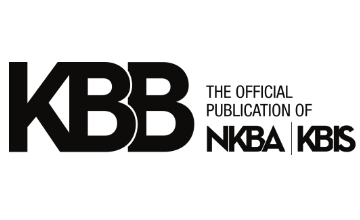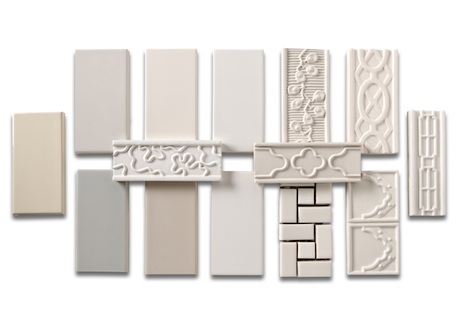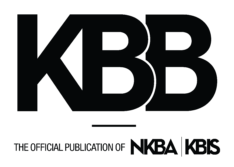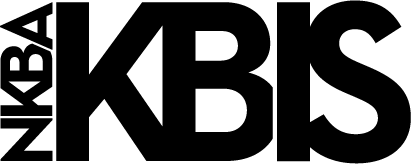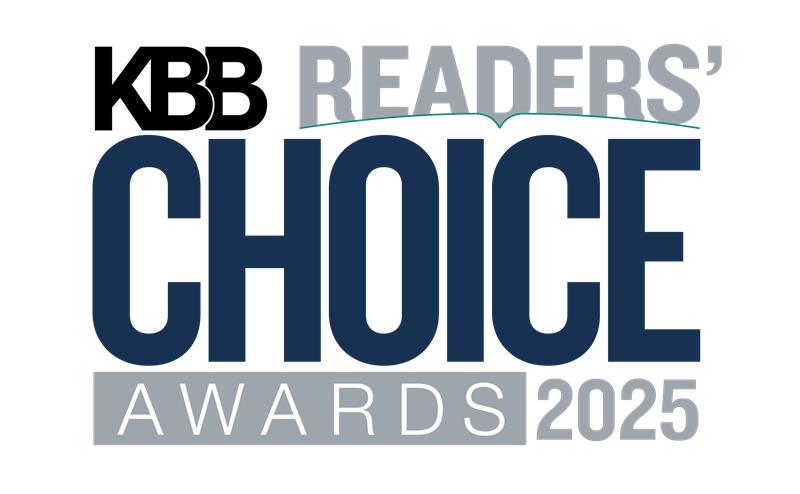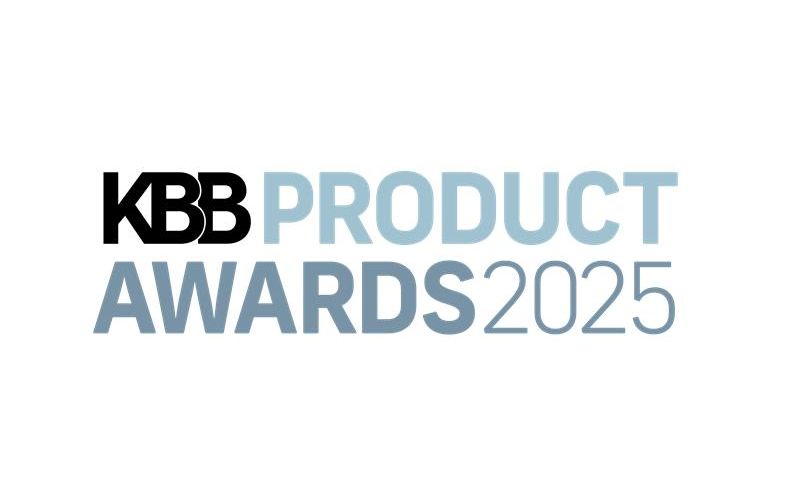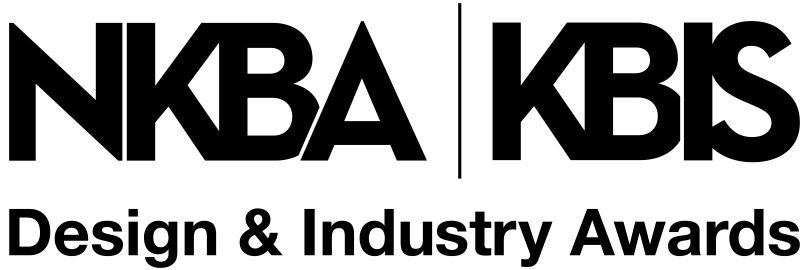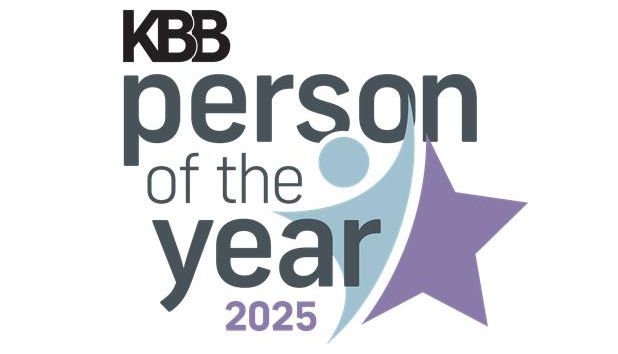The National Kitchen & Bath Association (NKBA) has revealed the prevailing trends seen in the 2012 NKBA Design Competition. Out of the nearly 500 designs submitted to the competition, some presiding themes arose, including fixtures, finishes, materials, color palettes, technology, shapes, focal points and overall geometry.
Identified as a strong design trend, glossy finishes and fixtures are proving to be popular. Shimmering surfaces, shining fixtures, high-sheen finishes and perfectly placed lighting accents are a prominent personality trait of current kitchens. Additionally, the interior use of concrete is still finding its way into the kitchen and bath in a variety of ways, including countertops.
Color infusion behind glass can create a stir in any space. A simple painted wall with glass panels overlaid creates a sleek sheen of color. On the flip side, for a timeless look, the white kitchen has never entirely gone away. Instead, it has been reinvented to remain in the archives and future of home kitchens. There are a number of ways that white continues to make an appearance, ranging from snowy white to varying shades of creamy, muted, milky tones.
Suspended lighting can deliver drama. In the kitchen, pendants create dangling focal points that drop light onto defined areas of countertop, dining surfaces or flooring. The result can also be artistic pieces of sculpture that contribute to the visual appeal of a space.
Symmetry remains an important trend, allowing a room design to achieve stability and balance. If not a mirror reflection of itself, a space should possess components and pieces that act as counterbalance to one another. Repeating and complementing shapes are design techniques that can be used to realize a symmetrical look as well.
Shape repetition, starting with a particular shape and repeating it in various sizes, colors and textures, was noted as a theme in this year’s competition. The technique provides a continuum that is soothing and easy to accept when entering a room.
Additionally, working traditional technology into non-traditional spaces can make a statement. By starting with a traditional item and applying or installing it in a unique way, the result can be the solution to a large challenge.
The competition also found that tile is making its presence known in contemporary baths by occupying wall, floor and backsplash space. The open concept bath has become more prevalent than ever and is not defined or confined by size. With the design centered on the efficiency of a bath space with little use of walls or partial walls, the user-friendly aspects are at the forefront of planning.
